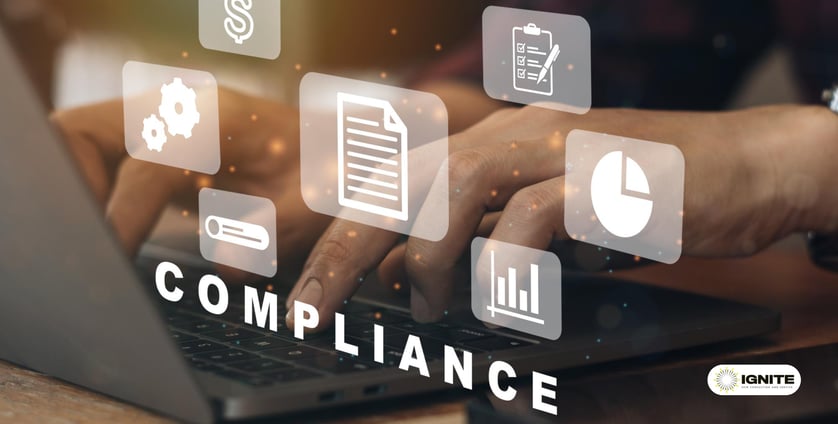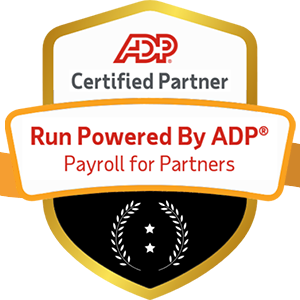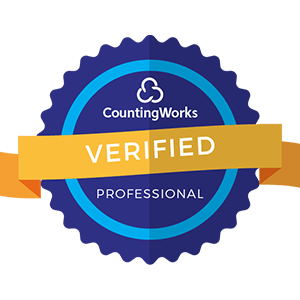
The past decade has seen the explosive growth of the gig economy, with more and more workers taking on short-term contracts or freelance jobs rather than full-time positions. This shifting landscape has created significant impacts - and some major headaches - for employers and HR teams.
In this in-depth guide, we’ll explore the key challenges HR must address to adapt to the gig economy and the exciting opportunities this new paradigm introduces.
First things first - what exactly is the gig economy?
In essence, the gig economy refers to the growing prevalence of short-term contracts or freelance positions rather than permanent jobs. Rather than working for one employer long-term, gig workers tap into digital platforms or apps to find work opportunities on a project-by-project basis.
Well-known examples of gig economy companies include ridesharing apps like Uber and Lyft, delivery services like Instacart and DoorDash, task services like TaskRabbit and Fiverr, and more—the flexibility and convenience of gig work appeal to many, especially millennials and Gen Zers.
As the gig economy continues its rapid expansion, human resources teams must evolve, too. From hiring and onboarding processes to compliance and benefits, what worked for full-time employees won’t necessarily translate to the world of gig work.

One of the significant human resources challenges introduced by the gig economy relates to legal compliance. With a dispersed workforce taking on temporary contracts, upholding workplace laws and standards becomes far more complicated.
For example, since gig workers are classified as independent contractors rather than employees, they are not subject to the same legal protections and rights. HR teams may struggle to uphold necessary labor regulations around issues like:
Additionally, misclassifying employees as independent contractors can open employers to significant legal risks and penalties. HR teams must ensure proper worker classification while adapting to gig work's rise.
Tackling these compliance challenges requires updating HR policies, workflows, and protocols to account for a workforce of temporary contractors and permanent employees.
Beyond essential legal compliance, one of the biggest gig economy questions HR teams wrestle with is the benefits issue.
Full-time employees rely on traditional company-provided benefits like health insurance, retirement plans, disability insurance, life insurance, parental leave, professional development stipends, and more. However, contractors are generally considered self-employed and ineligible for typical employer-sponsored benefits programs.
Without access to these types of essential benefits, the gig economy workforce faces significant gaps and vulnerabilities:
This growing benefits gap is concerning both for gig workers and employers wanting to attract and retain top talent in the modern workforce. Forward-thinking HR leaders recognize that updating benefits models is critical for adapting to the gig economy’s growth.
In addition to compliance and benefits considerations, the growth of the gig workforce also poses implications for organizational culture.
Maintaining a cohesive company culture becomes more difficult with fewer in-office full-time employees at traditional desks from 9-5 and more mobile temporary contractors spread across locations.
Remote work and distributed teams are becoming more common, which brings cultural challenges. Combine this with a gig workforce that feels a more tenuous bond with their hiring company, and a weaker organizational culture is often the result.
Potential pain points related to gig work and company culture include:
Blended workforces of gig and full-time employees can become fragmented without careful consideration. Employers risk losing out on the engagement, innovation, and productivity that stem from a strong culture.
Adapting leadership styles, continuing education, collaborative systems, and communication norms to promote cultural cohesion is critical.
The challenges are genuine. However, once organizational frameworks evolve to support this blended workforce model, some exciting opportunities emerge for employers and workers.

For enterprises hoping to become more agile and responsive, the on-demand scalability of the gig economy offers significant potential.
Rather than taking months to post jobs, vet candidates, and make long-term hires, gig platforms allow teams to quickly spin up project work almost instantly. Need to expand an initiative’s headcount for a few weeks? Launch a design sprint? Onboard a specialist for some niche expertise? The gig economy makes matching business needs to flexible talent fast and frictionless.
This agility and ability to “surge” capacity give organizations a natural competitive edge. HR and talent teams unlock the potential by:
With the right ecosystems and tools, HR enables business leaders to deploy just-in-time workforce support for strategic projects.
In addition to agility, the gig economy dramatically expands employer access to world-class talent globally.
No longer limited by geographic proximity when filling roles, HR can source contractors worldwide through freelance marketplaces. This makes filling niche skill needs more accessible than ever.
Suddenly, a startup in Detroit can onboard an elite Machine Learning Engineer based in Singapore. An advertising agency in Chicago can build an entire digital media team with specialists in Spain, Canada, Argentina, and India.
New potential emerges for hiring managers and talent teams by thinking globally. Tearing down geographic barriers unlocks whole new echelons of human potential.
Constructing infrastructure, policies, and technologies around remote work and international payment systems prepares organizations to capitalize on this global talent marketplace. The rewards can be immense.

Finally, as millions of workers opt for the freedom, flexibility, and lifestyle benefits of gig work, companies embracing this model often see a boost in employee experience.
Offering a diverse mix of traditional full-time and gig-based roles attracts talent across generations and workstyles who value:
Getting culture, leadership, and operations humming to enable fluid movement across employee and gig roles could become a competitive advantage in attracting talent and inspiring an empowered workforce.
The challenges are real, but so is the potential.
As the prevalence of gig work continues rising, HR leaders have a crucial role in navigating this evolution.
Rather than viewing temporary contractors as an outlier workforce, integrating gig talent models into core company culture and systems unlocks significant opportunities.
Reimagining approaches to compliance, benefits, leadership paradigms, workforce agility, global reach, and employee experience allows employers to thrive in the new era of work.
HR’s adaptability and ingenuity will shape what’s next for the accelerating gig economy. Are you ready to take the lead?


